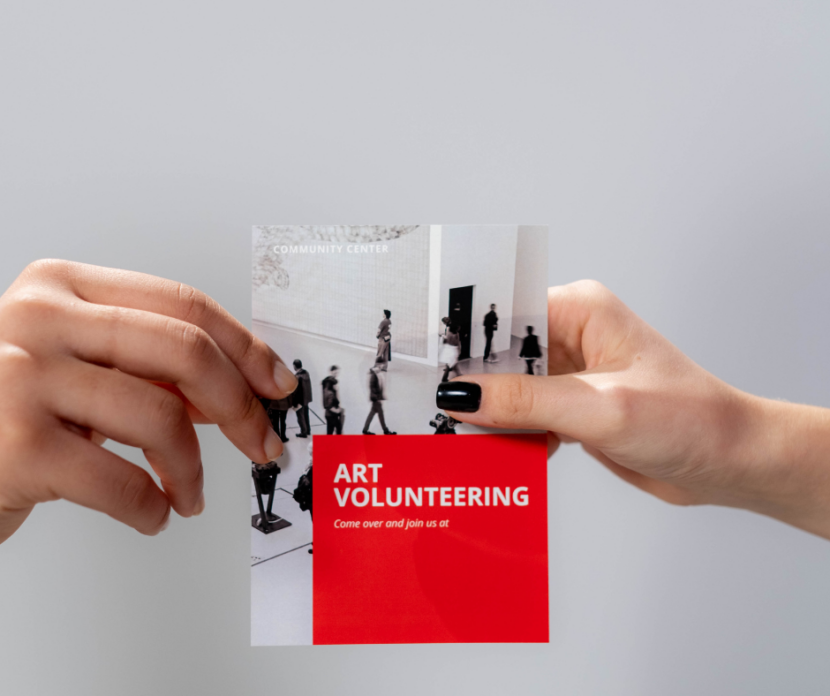Leaflets are a powerful and cost-effective marketing tool that can help you promote your business or event. However, to get the most from your leaflet campaign, you need to ensure that your leaflets are effective and reach the right people. In this article, we’ll explore some tips on how to get the most from your leaflet campaign.
Define your target audience
Before you start designing your leaflets, it's essential to define your target audience. Consider who your ideal customers are, what they're interested in, and where they're likely to be. This will help you to create a leaflet that resonates with your target audience and increases the chances of them taking action.
Keep it simple
When designing your leaflet, avoid clutter and keep your message clear and concise. Use a bold headline and make sure your message is easy to read. Use high-quality images that are relevant to your message, and avoid using too many colours.
Focus on benefits
Focus on the benefits of your product or service rather than the features. This will make your leaflet more appealing to potential customers. Use testimonials from satisfied customers to add credibility to your message and reinforce the benefits of your product or service.
Include a clear call to action
Include a clear call to action that encourages the reader to take action, such as visiting your website or calling your business. Make sure your call to action is easy to understand and stands out on your leaflet.
Choose the right distribution method
Choose the right distribution method for your leaflets. Consider targeting specific areas or events where your target audience is likely to be. You can also distribute your leaflets through door-to-door delivery or by handing them out in public places.
Track your results
To get the most from your leaflet campaign, it's essential to track your results. Use a unique URL or phone number on your leaflet to track the number of responses you receive. This will help you to evaluate the effectiveness of your leaflet campaign and make improvements for future campaigns.
In conclusion, to get the most from your leaflet campaign, you need to define your target audience, keep your message simple and focused on benefits, include a clear call to action, choose the right distribution method, and track your results. By following these tips, you can create a successful leaflet campaign that helps you to promote your business or event effectively.
Other Recent Posts
How Schools & Colleges Can Use Leaflets to Increase Enrollments
In an increasingly digital world, many schools and colleges focus on online advertising to attract new students. However, leaflet distribution remains a powerful and cost-effective way to boost enrollments. A well-designed leaflet can capture attention, communicate key information, and drive prospective students and parents to take action. In this article, we’ll explore how schools and […]
Why Door Drops Are Making a Comeback in 2025
In an era dominated by digital marketing, many businesses are rediscovering the power of door drop marketing—and in 2025, it’s making a big comeback. With increasing online ad fatigue, rising digital marketing costs, and consumers craving something more tangible, door drops are proving to be a powerful tool for engagement and brand awareness. So, why […]
Strategies for Distributing Leaflets in Urban Areas
The high activity levels in cities make them excellent destinations to spread leaflets because of the large number of people passing through their streets. Fast moving city life and many different types of people create special problems for us. To help your leaflet efforts succeed you should create a strategy that matches the needs of […]
Ensuring Your Leaflets Aren’t Seen as Junk Mail
Leaflet distribution works as a strong marketing method when recipients find the content compelling to interact with. Most people treat promotional leaflets as junk mail and discard them right after receipt. What process helps you make leaflets that people will want to open instead of throw away? These steps help you create leaflets that people […]






